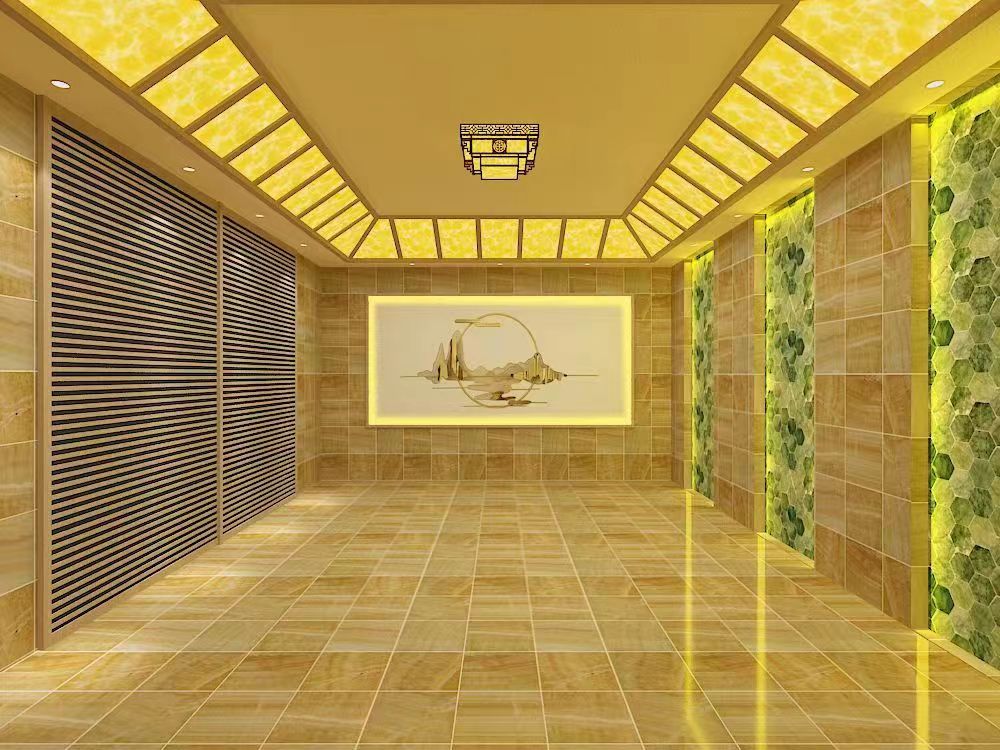
In Hawaii's unique climate, with its high humidity, choosing the right insulation materials for sweat rooms is of utmost importance. Sweat rooms are designed to provide a place for relaxation and rejuvenation, but the humid environment poses several challenges that need to be addressed when selecting insulation.
One of the primary considerations is moisture resistance. In a humid climate like Hawaii's, insulation materials must be able to withstand the constant presence of moisture without deteriorating. Materials that are prone to absorbing moisture can lead to issues such as mold growth, which not only poses a health hazard but also reduces the effectiveness of the insulation. Look for insulation materials that are specifically designed to resist moisture, such as closed-cell foam insulation or materials with a vapor barrier.
Another important factor is thermal performance. Sweat rooms need to maintain a certain temperature for the comfort of the users. Insulation materials should have good thermal resistance to keep the heat in during cold months and prevent excessive heat from entering during hot months. Materials with high R-values are ideal as they provide better insulation and help in reducing energy consumption.
Durability is also crucial. Sweat rooms are subjected to regular use and exposure to moisture and heat. The insulation material should be able to withstand this wear and tear and maintain its integrity over time. Materials that are strong and resistant to damage will ensure the longevity of the sweat room and reduce the need for frequent replacements.
In addition to these technical considerations, environmental impact is also a growing concern. Choose insulation materials that are eco-friendly and sustainable. Look for materials that are made from recycled content or are biodegradable. This not only helps in reducing the carbon footprint but also contributes to a healthier environment.
Finally, cost is always a factor to consider. While it may be tempting to choose the cheapest insulation option, it is important to balance cost with quality and performance. Consider the long-term benefits of investing in high-quality insulation materials that will save on energy costs and provide a better experience in the sweat room.

